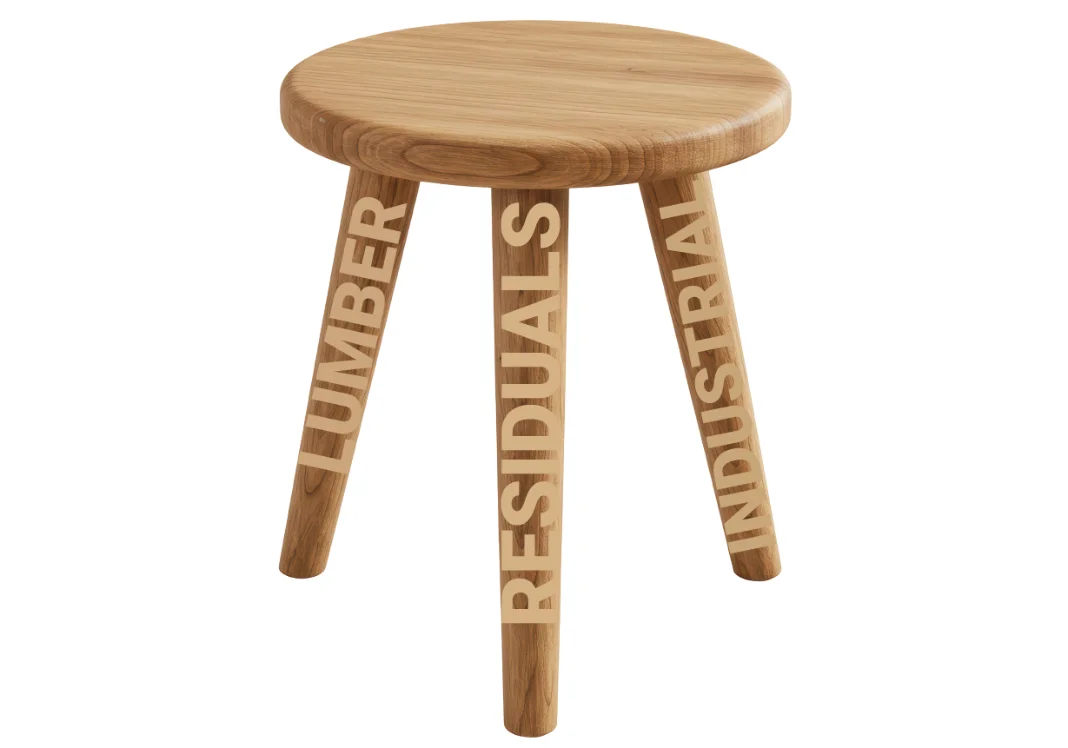Return

How using less paper has the potential to change the hardwood business
For all those distributing hardwood, making cabinets, fixtures, or mouldings, the shift from paper production will ultimately have an effect on hardwood production and the grades produced. For many years, there has been an intricate balance for sawmills where the bark from the logs was sold as fuel or to landscapers, the chips and sawdust went to paper companies or were in part burned to create steam to dry lumber, and the resulting solid lumber and cants were sold both kiln dried and green into consuming markets. Now, with email and the internet having revolutionized news and communications, the use of paper has sharply fallen. One would think that the shift to online shopping and cardboard containers would have increased the volume of cardboard used; however, US production has remained flat. Overall, the trend in packaging favors cardboard/paper for recyclability and customer preference, but Amazon, the nation’s largest consumer of cardboard, has a focus on minimizing shipping materials. Amazon shipped over 18 million unique products without extra packaging in 2024, as it shifted to right-sizing containers and using thinner boxes. (I have noticed we have not gotten batteries or shoelaces in a large box recently.) There have been many closures of containerboard (paper for cardboard) plants in recent years as the industry right-sizes itself around cheaper raw material and greater efficiency.
These changes will work their way down to the supplier hardwood sawmills, both Eastern and Western, where Cascade operates. If the traditional use of low-grade logs into chips falls, other markets for that part of the log will rise. In a recent article in Timber Processing, Dan Shell, senior editor, noted that behind these containerboard closures, a new market is coming that depends on sawing these logs in mass into solid wood products. Traditionally, sawmills have chased the higher-grade logs, with the highest grade going to veneer and the next highest grades going to lumber use. In the future, if there is greater emphasis on using the small logs to make cheaper lumber, the clear grades so in demand might see price increases and more limited availability. This might also bring more use of hardwood into OSB and quite possibly hardwood being used in traditional softwood applications like finger-jointed and primed mouldings, door core material, and other places where low-grade solid wood fiber might be used. Homebuilding might also eventually mass timber construction panels, although widespread adoption is years away.
Sawmills cannot survive if any leg of the stool, which is lumber, residuals, and industrial products, is cut off. Users of hardwood lumber are not at risk today or soon, but in the longer term, there will be changes in supplier markets. Sawmilling is not a very profitable business right now, with mill closures seemingly happening on a regular basis.
Alder, while not immune to these changes, is better positioned than most species. The major Alder mills for many years have consumed a large volume of lower-grade, smaller-diameter logs, making both lumber and pallet components while chipping some volume also. Alder mills are also fortunate in that our chips remain in demand, as a percentage of hardwood acts as a softening agent in the production of toilet paper and paper towels (yes, hardwood = softer toilet paper, who would have thought?) Alder bark remains in demand for landscaping and industrial uses. We burn a large percentage of the sawdust we create, drying the lumber we ship. But we are also looking at additional ways we can better utilize the resource we depend on, maybe in components manufactured from the smaller logs or finger-jointed long lumber for mouldings and millwork.
